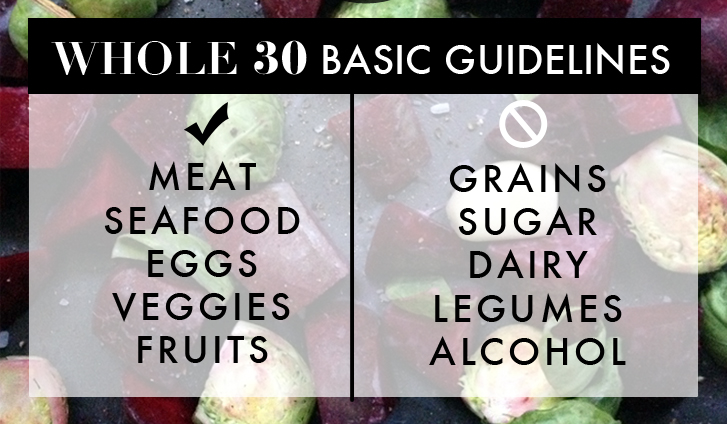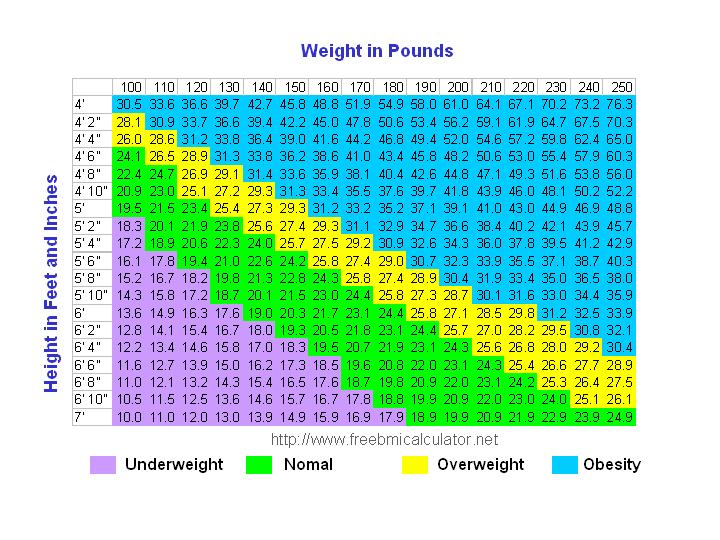Having a nutritious diet can be difficult. It’s not enough to eat some fruits and vegetables with some meat and call it a day. Instead, there has to be a focus on what fruit and vegetables are being eaten, how much meat, are there enough carbohydrates being consumed? Actually eating a proper, nutritious diet takes a little work to figure out what needs to be eaten and how much.
 There are five characteristics to a healthy diet. Those
characteristics are adequacy, balance, calorie control, moderation and variety.
In a healthy diet, adequacy is important to ensure that an individual is eating
foods that provide the correct amount of essential nutrients, fiber and energy.
(Sizer & Whitney, 2014) Focusing on balance means that an individual will
make sure the nutrients balance out each other and work together. It would do
no good to drink a glass of milk while eating spinach if the goal was to get
more calcium and iron since those two nutrients do not work well together.
Calorie control is important because there is only so much energy a body needs
a day, eating too little means a body is not being properly fueled, while
eating too much can lead to weight gain. Moderation is important for a healthy
diet to make sure that an individual does not over indulge, whether it be with
a sweet treat, or even too much of a good thing. While iron is good for the
body, too much can impair the digestion system. Lastly variety is important.
Not only does variety keep the act of eating interesting, but it helps to
ensure that an individual is receiving a vast array of vitamins, minerals and
nutrients from different foods. Not all foods are created equal in providing
calcium, not all foods will provide vitamin A.
There are five characteristics to a healthy diet. Those
characteristics are adequacy, balance, calorie control, moderation and variety.
In a healthy diet, adequacy is important to ensure that an individual is eating
foods that provide the correct amount of essential nutrients, fiber and energy.
(Sizer & Whitney, 2014) Focusing on balance means that an individual will
make sure the nutrients balance out each other and work together. It would do
no good to drink a glass of milk while eating spinach if the goal was to get
more calcium and iron since those two nutrients do not work well together.
Calorie control is important because there is only so much energy a body needs
a day, eating too little means a body is not being properly fueled, while
eating too much can lead to weight gain. Moderation is important for a healthy
diet to make sure that an individual does not over indulge, whether it be with
a sweet treat, or even too much of a good thing. While iron is good for the
body, too much can impair the digestion system. Lastly variety is important.
Not only does variety keep the act of eating interesting, but it helps to
ensure that an individual is receiving a vast array of vitamins, minerals and
nutrients from different foods. Not all foods are created equal in providing
calcium, not all foods will provide vitamin A.
Knowing how to create a healthy diet is not the only
challenge to actually choosing those foods. In a world that feels like it never
stops, it can be hard for individuals to commit the time it takes to plan, shop
and cook healthy meals. For others, the costs associated with cooking from
scratch can seem high when compared to dollar menu offerings at fast food
restaurants. For other people, it may be as simple as not knowing how to cook
delicious meals that keeps them from making the right choices. Yet, for others,
deciding that all vegetables are gross can impact food choices. However, for an
individual dedicated to getting the right types of food in their body, it can
be relatively simple once they’ve figured out what they need, what they like
and how to combine the two.
 For myself, I love chocolate. It is bad. Because of this
love of chocolate, I recently set out on a Whole30 experiment. While Whole30
goes against conventional nutrition advice and advises against eating whole
grains and really, any grains, it has a great focus on eating real, non
processed foods. So right away, if there is a great importance to eating
grains, I’ve not done that. However, my diet has been high in lean meats, from
chicken, to lean ground beef, to pork tenderloin, with an abundance of
vegetables including peppers, lettuce, tomatoes, onions, avocados, green beans,
sweet potatoes and the list could go on. Fruits have included bananas, citrus
and prunes. Additionally, most foods have been cooked in extra virgin olive oil
and snacks have been composed of nuts. Now, I realize my diet is not perfect.
It is definitely lacking in fruit most days, and fruit variety on top of that.
However, with the great variety of vegetables presented; multiple types,
multiple servings, I am getting a lot of vitamins and minerals from a variety
of different colored fruits and vegetables. In addition, my foods have been
minimally processed, with ingredients lists of 3 items or less, and void of any
added sugar. While the Whole30 does not include grains, there is a complex
reason behind it. For me, the most important reason is to remove that need for
sugar from non natural sources, which I have. The Whole30 also leaves out dairy, which I will add back in once I am done because I do know that dairy provides important calcium to my diet. In the coming week, I hope to add
more fruit and a greater variety of fruit to my diet, especially as snacks.
However, even after doing all the reading, I’m still not sold on my need to eat
grains, whole or otherwise, because I do eat an abundance of fruits and
vegetables which provide carbohydrates and fiber. I also make sure to drink
plenty of water (a gallon throughout the day) to provide my body with enough
hydration to get through my work out and stay hydrated.
For myself, I love chocolate. It is bad. Because of this
love of chocolate, I recently set out on a Whole30 experiment. While Whole30
goes against conventional nutrition advice and advises against eating whole
grains and really, any grains, it has a great focus on eating real, non
processed foods. So right away, if there is a great importance to eating
grains, I’ve not done that. However, my diet has been high in lean meats, from
chicken, to lean ground beef, to pork tenderloin, with an abundance of
vegetables including peppers, lettuce, tomatoes, onions, avocados, green beans,
sweet potatoes and the list could go on. Fruits have included bananas, citrus
and prunes. Additionally, most foods have been cooked in extra virgin olive oil
and snacks have been composed of nuts. Now, I realize my diet is not perfect.
It is definitely lacking in fruit most days, and fruit variety on top of that.
However, with the great variety of vegetables presented; multiple types,
multiple servings, I am getting a lot of vitamins and minerals from a variety
of different colored fruits and vegetables. In addition, my foods have been
minimally processed, with ingredients lists of 3 items or less, and void of any
added sugar. While the Whole30 does not include grains, there is a complex
reason behind it. For me, the most important reason is to remove that need for
sugar from non natural sources, which I have. The Whole30 also leaves out dairy, which I will add back in once I am done because I do know that dairy provides important calcium to my diet. In the coming week, I hope to add
more fruit and a greater variety of fruit to my diet, especially as snacks.
However, even after doing all the reading, I’m still not sold on my need to eat
grains, whole or otherwise, because I do eat an abundance of fruits and
vegetables which provide carbohydrates and fiber. I also make sure to drink
plenty of water (a gallon throughout the day) to provide my body with enough
hydration to get through my work out and stay hydrated.
References
Sizer, F., &
Whitney, E. N. (2014). Nutrition: Concepts & controversies.
Belmont, Calif.: Wadsworth Cengage Learning.











